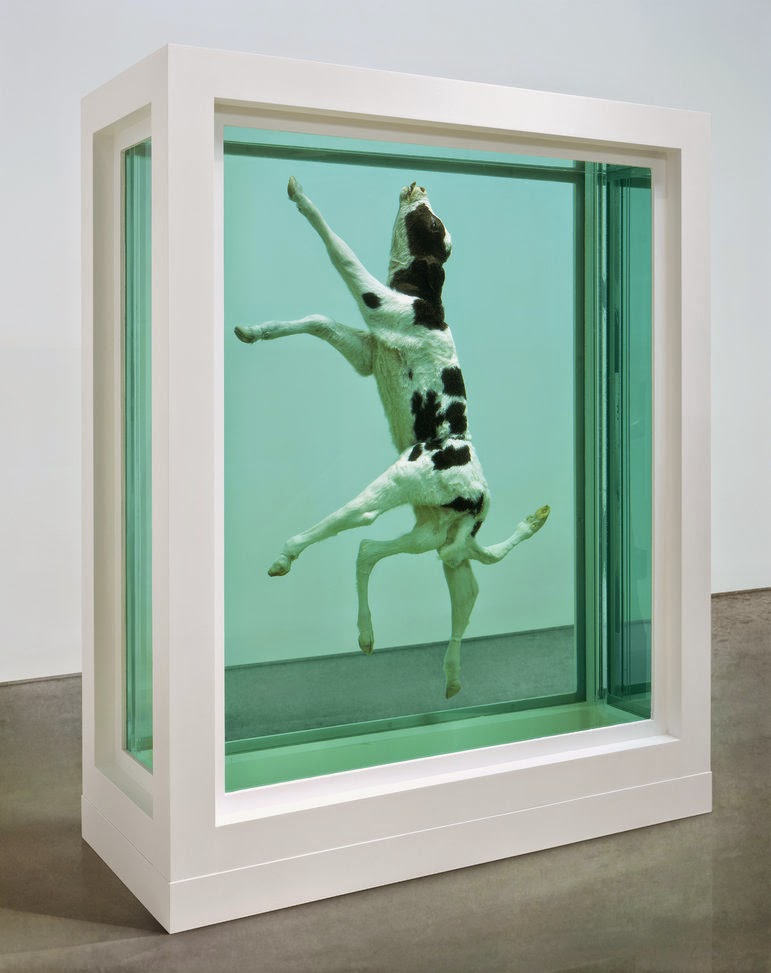 With a mix of dystopian pop art and hints of ancient Japanese imagry, Takashi Murakami creates a journey for viewers that cannot be rivaled. Master of the superflat style, Takashi uses flat two dimensional shapes to create pop art that embodies low class Japanese society with help from anime and manga. Similar to Jeff Koons, Takashi is a mass market artist ad uses some factory like settings to produce his wildly bright and brilliant art work.
With a mix of dystopian pop art and hints of ancient Japanese imagry, Takashi Murakami creates a journey for viewers that cannot be rivaled. Master of the superflat style, Takashi uses flat two dimensional shapes to create pop art that embodies low class Japanese society with help from anime and manga. Similar to Jeff Koons, Takashi is a mass market artist ad uses some factory like settings to produce his wildly bright and brilliant art work.  Takashi realized when he was very young that post war Japan did not have a definite art scene and knew that he would have to choose between high art and low class images. Because of the art scene in western culture, Takashi moved to New York and established a studio. Here he met with other contemporary artists that helped inspire his core fundamentals and style. Paintings include highly saturated images of anime characters combined with overly cute/disturbing themes and over the top life size sculptures of anime characters.
Takashi realized when he was very young that post war Japan did not have a definite art scene and knew that he would have to choose between high art and low class images. Because of the art scene in western culture, Takashi moved to New York and established a studio. Here he met with other contemporary artists that helped inspire his core fundamentals and style. Paintings include highly saturated images of anime characters combined with overly cute/disturbing themes and over the top life size sculptures of anime characters.


Superflat is the concept of taking high class or high market items and making them lower class. Takashi takes these low culture anime images and makes them into art that he then sells to the high-art market. This is similar to Warhol's approach, but instead of focusing on consumerism Takashi chooses to target and focus on the cultural seperation in Japan.
Since the late 1990's, Takashi has shown his images in galleries across the world and has even done collaborations with Marc Jacobs and Kanye West. Takashi is one of the most sought after artists and his sculptures are selling from $400,000 to $13 million dollars.
Check out more about Takashi Murakami:
http://www.gagosian.com/artists/takashi-murakami
http://www.artnet.com/artists/takashi-murakami/
http://archive.wired.com/wired/archive/11.11/artist.html











